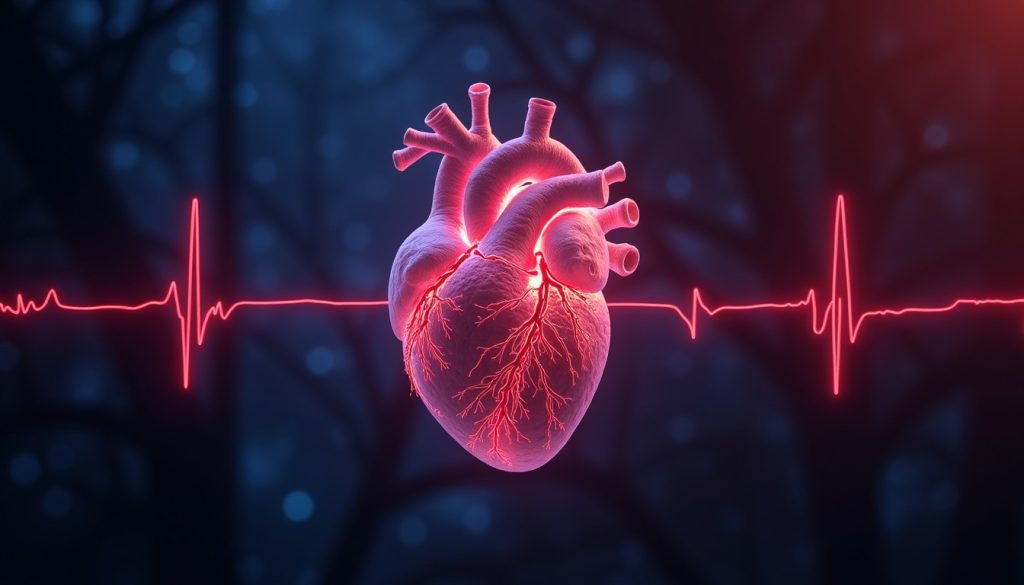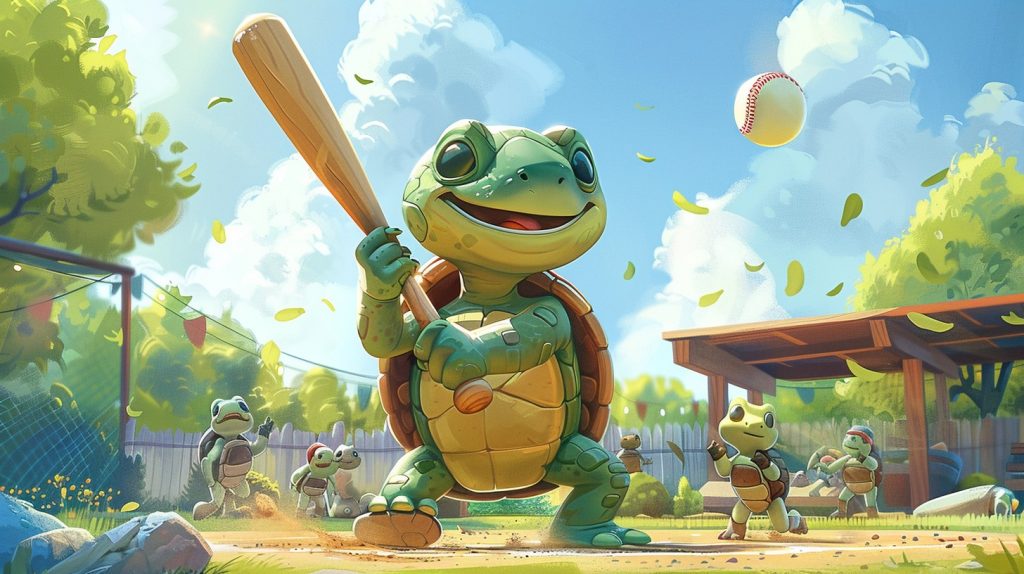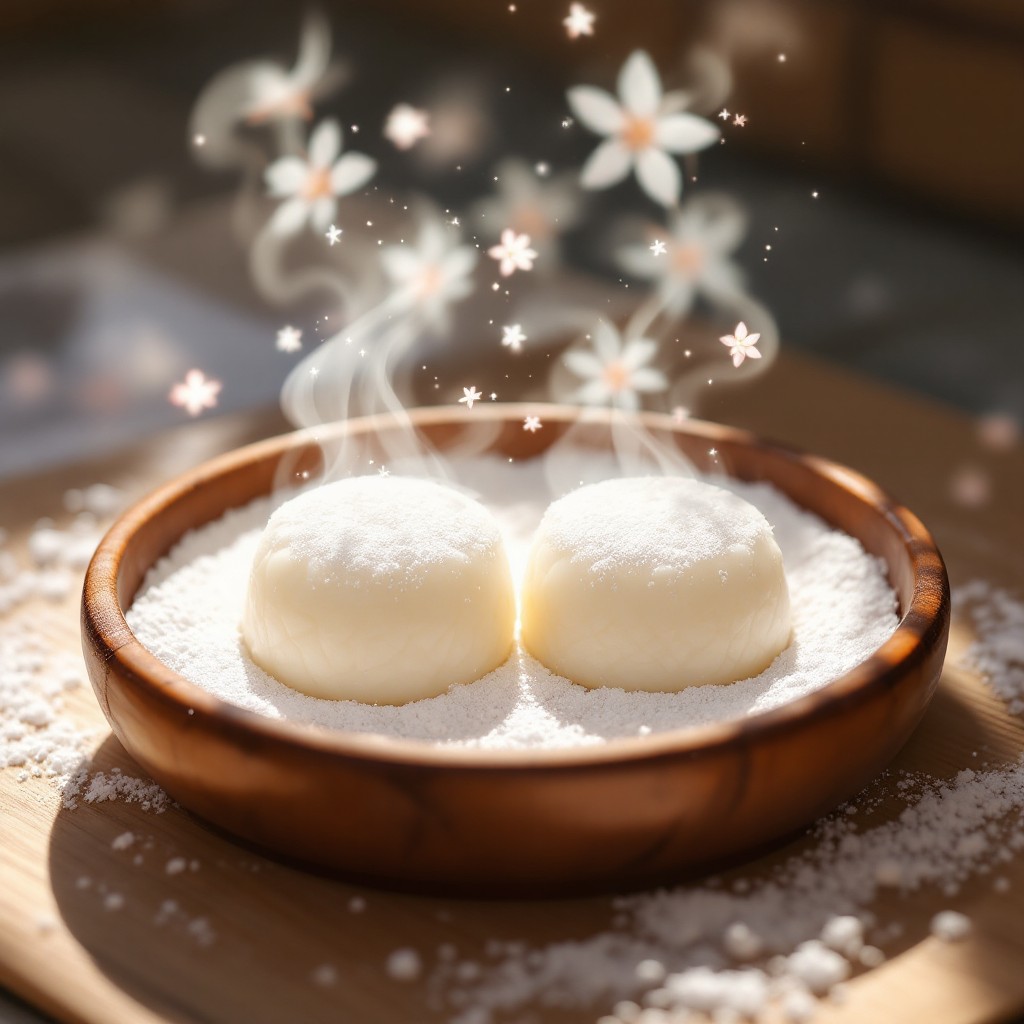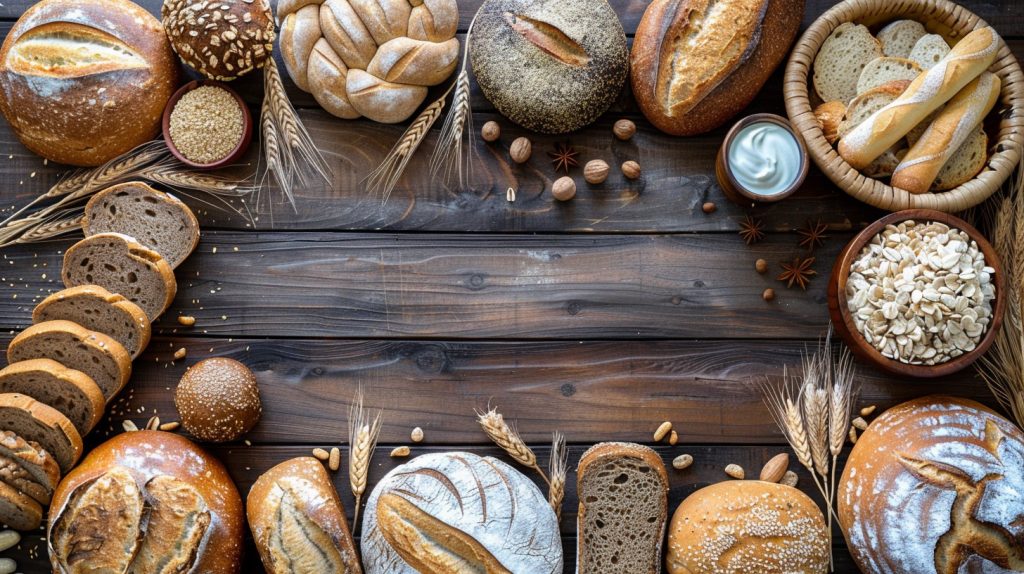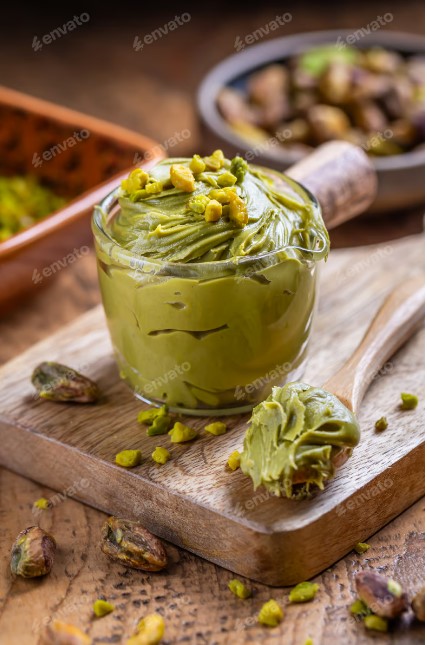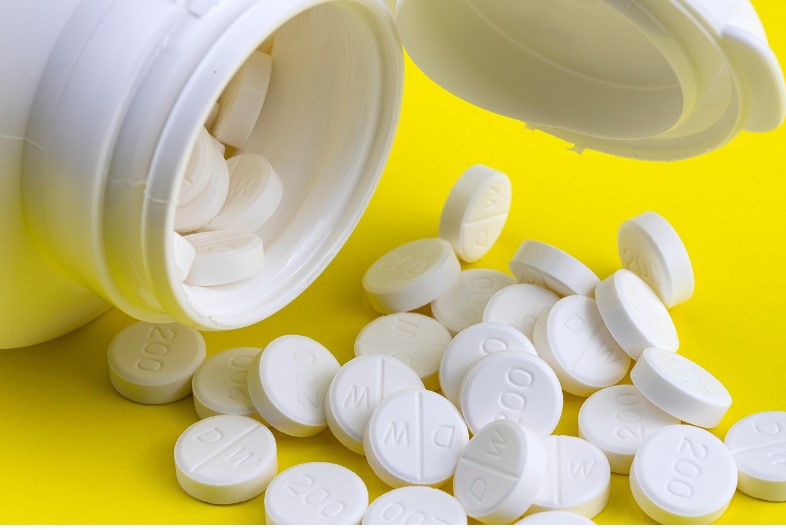
Chlorine Tablets: Beyond the Basics for a Pristine Pool
If you manage a pool, chlorine tablets are likely the unsung heroes of your summer. You toss them in the skimmer or a floater and enjoy clear water. But have you ever stopped to think about what’s actually in those little hockey pucks? Or why sometimes, despite using them, your water turns cloudy or your eyes sting? This isn’t your average, run-of-the-mill chlorine tablet guide. We’re diving deep into the chemistry, the common mistakes, and the pro tips that will transform you from a casual user into an informed pool owner. What Are Chlorine Tablets Really Made Of? Most people just call them “chlorine tablets.” But the key to using them effectively lies in understanding their composition. The vast majority of tablets are made with Trichloro-s-Triazinetrione (or Trichlor for short). Here’s what that means for you: Stabilized Chlorine: Trichlor contains Cyanuric Acid (CYA), a stabilizer that acts like sunscreen for your chlorine. It protects it from burning off rapidly in sunlight. This is why tablets are so convenient for outdoor pools. High Concentration: Trichlor tablets are typically 90% available chlorine, making them extremely potent and long-lasting. Acidic pH: Trichlor has a very low pH (around 2.8-3.0). This is a critical point often overlooked. While it sanitizes, it’s also constantly lowering your pool’s pH and Total Alkalinity (TA). This explains why pool owners who only use tablets often battle constantly falling pH levels. A less common type is Calcium Hypochlorite (Cal-Hypo) tablets. These do not contain stabilizer (CYA), so they are better for weekly shocking or for indoor pools where stabilizer isn’t needed. However, they add calcium to your water, which can lead to scaling if your calcium hardness is already high. The Golden Rule: You Can’t Only Use Tablets This is the single most important takeaway. Relying solely on chlorine tablets is a recipe for future problems. Here’s why: The CYA Creep: Every Trichlor tablet you add also adds more Cyanuric Acid to your pool. This stabilizer doesn’t evaporate or get used up; it accumulates. As your CYA level climbs above 50 ppm, the chlorine becomes less effective. You’ll find yourself needing more and more chlorine to achieve the same sanitation level (a phenomenon known as “chlorine lock”). Eventually, the only solution is to partially drain the pool and refill it with fresh water to dilute the CYA. The pH Slide: The acidic nature of Trichlor will steadily drive your pH and alkalinity down. Low pH leads to corrosive water that can damage pool equipment, liners, and surfaces, not to mention causing skin and eye irritation. The Pro Advice: Use tablets for their intended purpose: consistent, maintenance-level chlorination. They are perfect for keeping a steady residual chlorine level between 1-3 ppm. But you must supplement this system. Building a Balanced Water Care Routine Think of your pool care like a diet. Tablets are your staple, but you need other “food groups” for complete health. Weekly Shock with an Un stabilized Shock: At least once a week, use a shock that does not contain cyanuric acid. Liquid chlorine (sodium hypochlorite) or cal-hypo shock are excellent choices. This provides a massive dose of pure chlorine to oxidize contaminants (like sweat, oils, and urine) that slow-releasing tablets can’t fully handle, without raising your CYA. Test Religiously: Don’t guess! Test your water at least twice a week with a reliable test kit (not just test strips). You must monitor: Free Chlorine (FC) pH Total Alkalinity (TA) Cyanuric Acid (CYA) – Test this every 2-3 weeks. Adjust pH and Alkalinity Regularly: Because tablets lower pH and TA, you will likely need to add pH Increaser (soda ash) or Alkalinity Increaser (sodium bicarbonate) periodically to keep them in the ideal range (pH 7.4-7.6, TA 80-120 ppm). This prevents the corrosive and irritating effects of acidic water. Dispensing Done Right: The Floater vs. The Feeder Floaters: Simple and cheap. Great for smaller pools. The key is to adjust the opening to control the dissolution rate. Don’t just leave it wide open. In-Line Chlorinators (Automatic Feeders): The professional’s choice. These are installed into your pool’s plumbing after the pump and filter. They allow you to precisely meter the flow of chlorinated water back into the pool. They are more efficient and keep the highly concentrated chlorine solution away from your pool surfaces, preventing potential damage. ⚠️ A Critical Warning: NEVER put tablets directly in your skimmer! When your pump turns off, the undissolved tablets sit in the skimmer, creating a highly acidic, concentrated chlorine solution that gets pulled directly into your equipment when the pump starts again. This can severely damage your pump, filter, and heater seals and components. The Final Verdict Chlorine tablets are an incredibly effective and convenient tool for maintaining a swimming pool. However, they are a tool, not a complete strategy. By understanding their chemistry—specifically their acidic pH and CYA content—and combining them with a weekly un stabilized shock and diligent water testing, you can harness their power without falling victim to their drawbacks. Ditch the “set-it-and-forget-it” mentality, and you’ll be rewarded with crystal-clear, comfortable water all season long.

